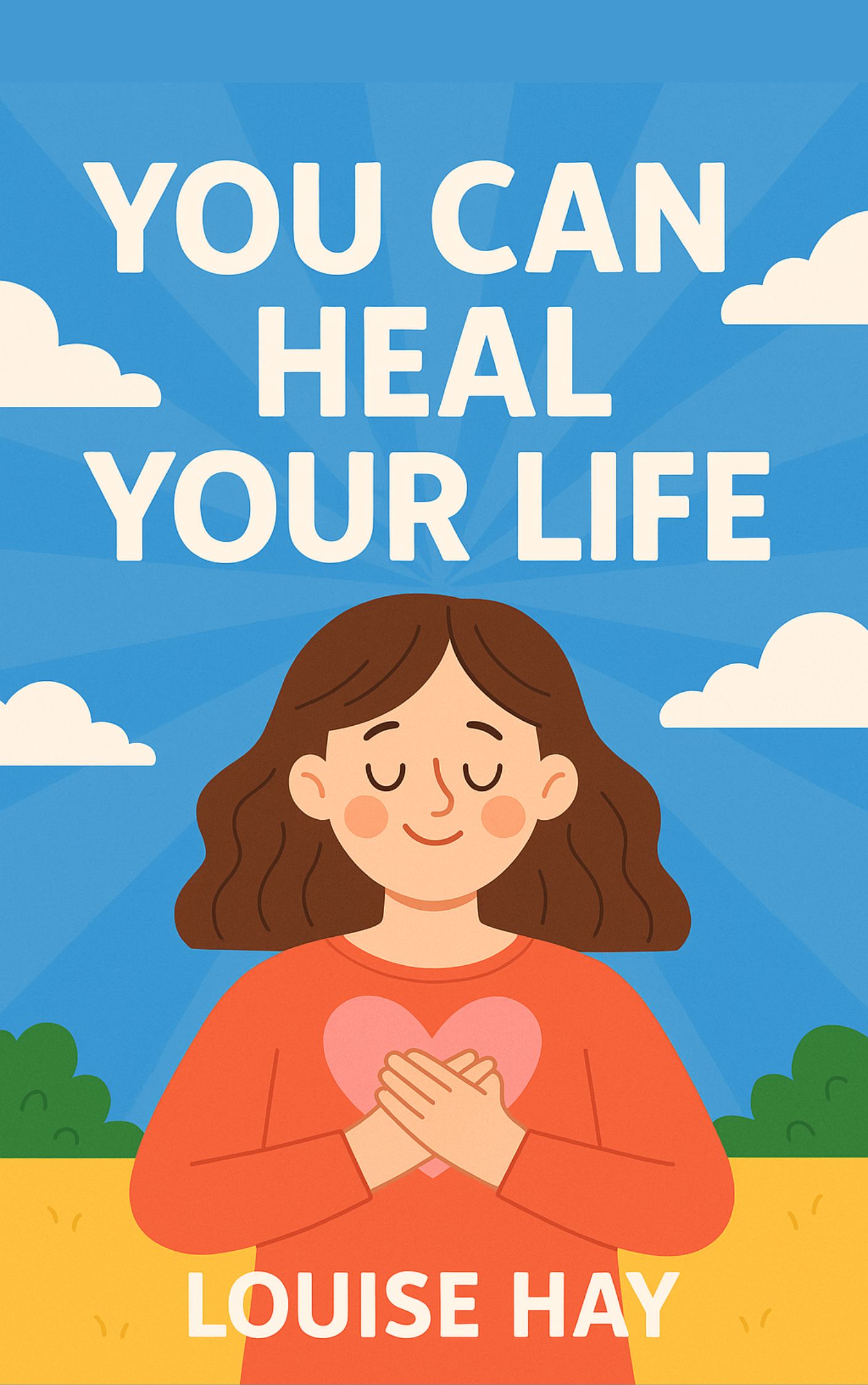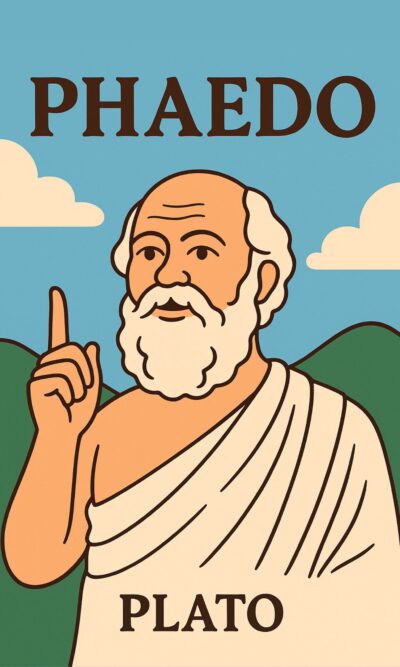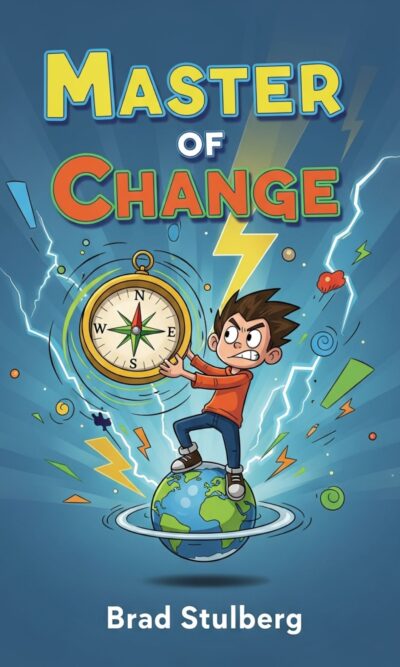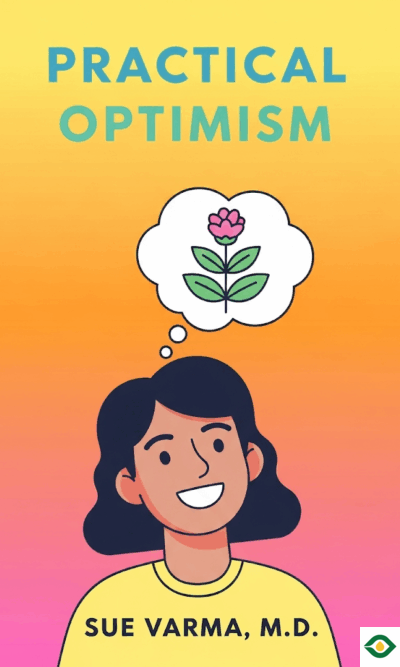Description
Louise Hay’s story begins with a deep personal challenge: a cancer diagnosis that led her to explore the connection between mind and body. She came to believe that our thoughts, beliefs, and self-image shape our physical health and emotional well-being. From this belief, she developed a method for healing and transformation centered on changing the way we think and feel about ourselves.
Her main idea is simple but powerful: we create our reality through our thoughts. While we cannot control every event that happens, we can control how we respond to them. Our thoughts act like seeds, and whatever we focus on will grow. If we constantly tell ourselves we are not good enough, our lives will reflect that belief. But if we choose positive, supportive thoughts, we can create a more joyful and healthy life.
The first step toward healing is forgiving the past. Many of our negative beliefs were formed in childhood through the careless words or actions of others. These old wounds, if left unhealed, continue to influence our present. Forgiveness is not about excusing bad behavior, but about freeing ourselves from the weight of anger and resentment. Letting go of old hurts makes space for peace and growth.
Next comes the practice of clearing away limiting beliefs. We all carry “shoulds” in our minds—ideas of what we think we must be or do. These create pressure and guilt, reinforcing the idea that we are never enough. Replacing “should” with “could” opens possibilities and removes self-judgment. Examining our behaviors honestly can reveal patterns of self-criticism, neglect, or sabotage. This process is like mental housecleaning, removing beliefs and habits that no longer serve us.
Hay emphasizes that the present moment is where our true power lies. Dwelling on the past or fearing the future robs us of this power. Even small changes in thought can shift our reality. Mirror work—looking into your own eyes and affirming positive truths—is a way to confront and replace deep-seated negativity. While it may feel uncomfortable, this discomfort signals growth.
She also teaches that the body reflects our thoughts and emotions. Physical ailments, she suggests, often have emotional roots. For example, constant tension may show as headaches or muscle pain, and feelings of being stuck can appear as problems with the legs. Listening to the body with openness can reveal where we hold fear, anger, or resistance.
Resistance itself is an important clue. Whenever we dismiss an idea, procrastinate, or make excuses, we are often protecting a limiting belief. Identifying these moments helps us see what needs to change. Each repeated problem or harmful habit points to a deeper need, and meeting these needs with love instead of judgment allows healing to begin.
Real change requires letting go of the past and embracing the future. This might bring discomfort, especially when old patterns no longer fit and relationships shift. By holding a vision of yourself as worthy and lovable, you align with the natural flow of life. Speaking affirmations aloud, such as “Change is becoming easier for me,” helps anchor new beliefs in the subconscious mind.
The heart of Hay’s method is the use of positive affirmations. Negative statements like “I don’t want to be lonely” focus on what you lack, attracting more of the same. Instead, affirm in the present tense what you desire: “I am loved,” “I am healthy,” “I am joyful.” These affirmations, repeated often and with feeling, gradually reshape your inner world.
She compares self-love to growing a garden. Affirmations are the seeds, gratitude and daily practice are the water, and positive thoughts are the sunlight. Over time, your inner garden will flourish. Supporting practices include keeping gratitude lists, meditating, exercising, and ending each day with peace rather than worry.
In the end, Hay’s message is that peace and happiness are natural states available to everyone. The journey begins by replacing negative thoughts with positive ones, forgiving past hurts, and learning to truly value yourself. As you change your inner world, your outer life will change too, bringing greater health, love, and fulfillment.
Would you like me to make the language even simpler so it reads almost like a gentle story? That could make it even warmer and more original.





